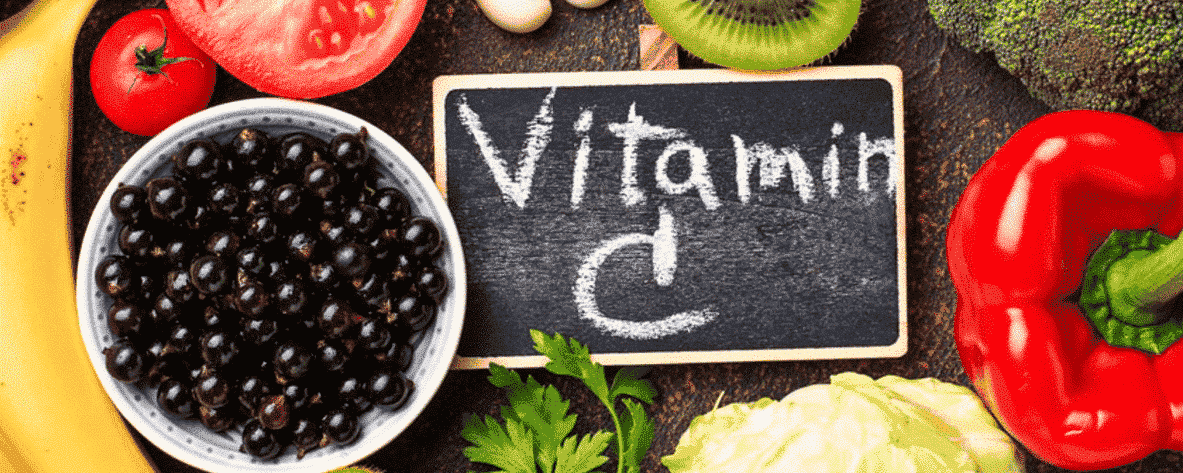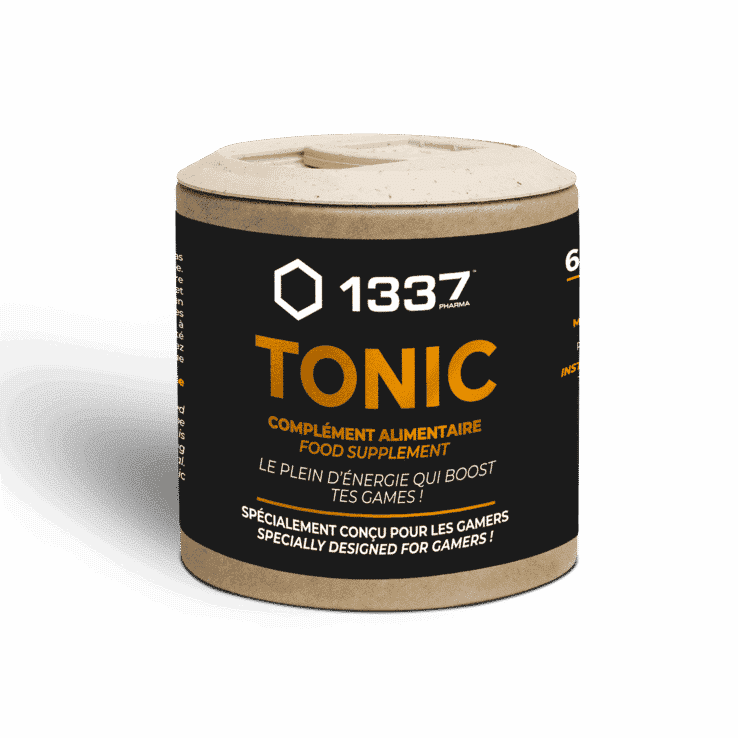VITAMIN C
Ingredient
What is Vitamin C
Where does it come from?
Why is it used?
What are the benefits?
Bibliography
What is Vitamin C?
Vitamin C is a water-soluble and essential vitamin, which means your body cannot produce it. Yet it plays many roles and has been linked to impressive health benefits.
Where does it come from?
This vitamin is found in many fruits and vegetables, including oranges, strawberries, kiwi fruit, bell peppers, broccoli, kale, and spinach.
Although getting vitamin C from food is generally recommended, many people turn to supplements to meet their needs.
Why is it used?
Vitamin C is a water-soluble vitamin that must be obtained through diet or supplements.
It has been linked to many impressive health benefits, such as increased antioxidant levels, lowered blood pressure, protection against gout attacks, improved iron absorption, boosting immunity and reducing the risk of heart disease and dementia.
Overall, vitamin C supplements are a simple and effective way to boost your vitamin C intake if you’re struggling to get enough of it in your diet.
• Vitamin C is a powerful antioxidant that can increase antioxidant levels in the blood.
This can help reduce the risk of chronic diseases like heart disease. (Alessio et al., 1997; Kim et al., 2003; Pham-Huy et al., 2008; Popovic et al., 2015)
• Vitamin C can improve the absorption of iron that is poorly absorbed, such as iron from non-meat sources. It may also reduce the risk of iron deficiency (Hallberg & Hulthén, 2000; Hurrell & Egli, 2010; Mao & Yao, 1992).
• Vitamin C can boost immunity by helping white blood cells work more efficiently, strengthening your skin’s defense system and helping wounds heal faster. (Bakaev & Duntau, 2004; Desneves et al., 2005; Fuchs & Kern, 1998; Hemilä & Louhiala, 2013; Huijskens et al., 2014; Taylor et al., 1974, p.)

What are the benefits?
Vitamin C contributes to the proper functioning of the immune system and participates in the body’s antioxidant defences. Vitamin C also has an action on the skin and is involved in the healing process. In addition, it facilitates the absorption of iron and calcium of vegetable origin.
Discover other plants used in our products
Bibliography
1. Kuo, J., Chen, W.-C., Cheng, I.-S., Tsai, P.-H., Lu, Y.-J., & Lee, N.-Y. (2010). The effect of eight weeks of supplementation with Eleutherococcus senticosus on endurance capacity and metabolism in human. Tea Chinese journal of physiology , 53, 105‐111.
1. Alessio, HM, Goldfarb, AH, & Cao, G. (1997). Exercise-Induced Oxidative Stress before and after Vitamin C Supplementation. International Journal of Sport Nutrition and Exercise Metabolism, 7(1), 1‑9. https://doi.org/10.1123/ijsn.7.1.1
2. Bakaev, VV, & Duntau, AP (2004). Ascorbic acid in blood serum of patients with pulmonary tuberculosis and pneumonia. The International Journal of Tuberculosis and Lung Disease: The Official Journal of the International Union Against Tuberculosis and Lung Disease, 8(2), 263‑66.
3. Desneves, KJ, Todorovic, BE, Cassar, A., & Crowe, TC (2005). Treatment with supplementary arginine, vitamin C and zinc in patients with pressure ulcers: A randomized controlled trial. Clinical Nutrition (Edinburgh, Scotland), 24(6), 979‑87. https://doi.org/10.1016/j.clnu.2005.06.011
4. Fuchs, J., & Kern, H. (1998). Modulation of UV-light-induced skin inflammation by d-alpha-tocopherol and lascorbic acid: A clinical study using solar simulated radiation. Free Radical Biology and Medicine, 25(9), 1006-1012. https://doi.org/10.1016/S0891-5849(98)00132-4
5. Hallberg, L., & Hulthén, L. (2000). Prediction of dietary iron absorption: An algorithm for calculating absorption and bioavailability of dietary iron. The American Journal of Clinical Nutrition, 71(5), 1147-60. https://doi.org/10.1093/ajcn/71.5.1147
6. Hemilä, H., & Louhiala, P. (2013). Vitamin C for preventing and treating pneumonia. Cochrane Database of Systematic Reviews, 8. https://doi.org/10.1002/14651858.CD005532.pub3
7. Huijskens, MJAJ, Walczak, M., Koller, N., Briedé, JJ, Senden-Gijsbers, BLMG, Schnijderberg, MC, Bos, GMJ, & Germeraad, WTV (2014). Technical advance: Ascorbic acid induces development of double-positive T cells from human hematopoietic stem cells in the absence of stromal cells. Journal of Leukocyte Biology, 96(6), 1165-75. ttps://doi.org/10.1189/jlb.1TA0214-121RR
8. Hurrell, R., & Egli, I. (2010). Iron bioavailability and dietary reference values. The American Journal of Clinical Nutrition, 91(5), 1461S-1467S. https://doi.org/10.3945/ajcn.2010.28674F
9. Kim, MK, Sasazuki, S., Sasaki, S., Okubo, S., Hayashi, M., & Tsugane, S. (2003). Effect of five-year supplementation of vitamin C on serum vitamin C concentration and consumption of vegetables and fruits in middle-aged Japanese: A randomized controlled trial. Journal of the American College of Nutrition, 22(3), 208-216. https://doi.org/10.1080/07315724.2003.10719295
10. Mao, X., & Yao, G. (1992). Effect of vitamin C supplementations on iron deficiency anemia in Chinese children. Biomedical and Environmental Sciences: BES, 5(2), 125‑129.
11. Pham-Huy, LA, He, H., & Pham-Huy, C. (2008). Free Radicals, Antioxidants in Disease and Health. International Journal of Biomedical Science: IJBS, 4(2), 89-96.
12. Popovic, LM, Mitic, NR, Miric, D., Bisevac, B., Miric, M., & Popovic, B. (2015). Influence of Vitamin C Supplementation on Oxidative Stress and Neutrophil Inflammatory Response in Acute and Regular Exercise. Oxidative Medicine and Cellular Longevity, 2015, e295497. https://doi.org/10.1155/2015/295497
13. Taylor, TV, Rimmer, S., Day, B., Butcher, J., & Dymock, IW (1974). ASCORBIC ACID SUPPLEMENTATION IN THE TREATMENT OF PRESSURE-SORES . The Lancet, 304(7880), 544‑546. https://doi.org/10.1016/S0140-6736(74)91874-1

